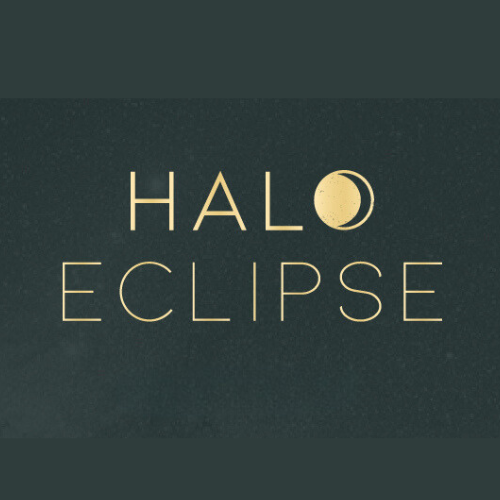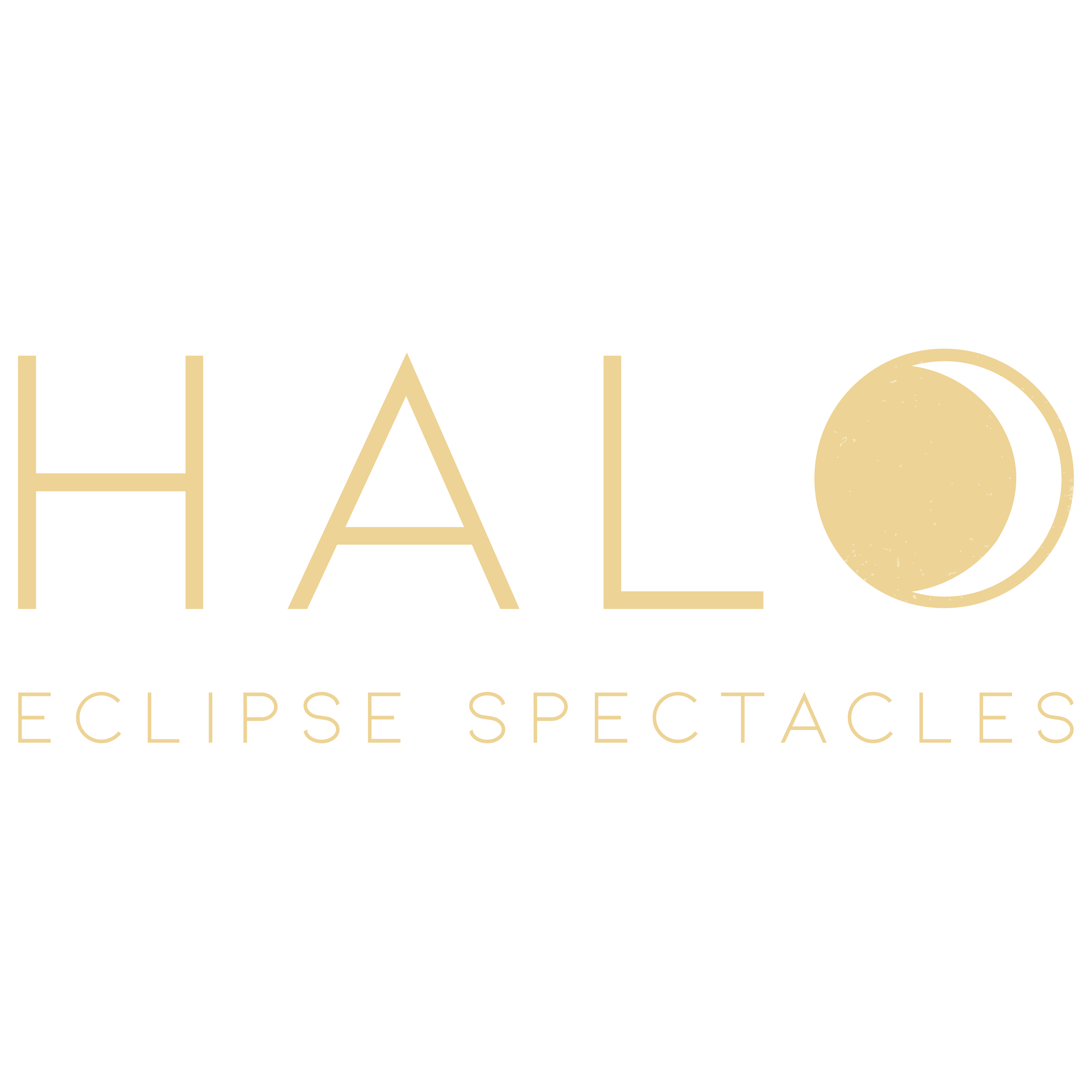A Decade of Solar Eclipses & Where You Can Experience Them: 2019-2029


Our latest infographic shares where you can find every solar eclipse for the next ten years. Here’s a little more insight into these areas so you can start planning your getaway adventures:
- July 2, 2019, will be a total solar eclipse that can be seen from the southern areas of Mexico, most of South America, and some areas of the Pacific. Chile and Argentina are in the path of totality, so consider watching from San Juan or just north of Buenos Aires. The event will happen near sunset, so viewers in the Andes should be careful to select a site that’s not in the mountain’s shadows.
- December 26, 2019’s annular solar eclipse will stretch from eastern Europe through much of Asia and end in Australia. Southern areas of India, including Kerala and Tamil Nadu, offer prime viewing opportunities, as well as Guam, Singapore, and Sri Lanka. A partial eclipse viewing will be visible throughout most of Asia, the northwest portion of Australia, and the northeastern countries of Africa.
- June 21, 2020, brings another annular solar eclipse in many of the same areas as the last one, but the path of totality has shifted. More of Africa, including Impfondo, Congo and Addis Ababa, Ethiopia, will be in the direct path, along with Pakistan and Uttarakhand, India. Other countries like the United Arab Emirates, Sudan, China, and the southern parts of India will be able to experience a partial viewing.
- December 14, 2020, features another solar eclipse to be seen from Chile and Argentina, the two main sites of a previous solar eclipse in 2019. Also, much of South Africa will be within viewing, though the path of totality will largely remain in South America. The Rio Negro in Argentina will give the viewer the perfect opportunity to see this event.
- The first solar eclipse of 2021 targets much of the northern part of the world. Ontario, Nunavut, and Quebec in Canada; Sakha, Russia; and Savissivik and Qaanaaq in Greenland are in the direct viewing path. Other areas that will have a partial view include New York City, New York; London; Nuuk, Greenland; Hamilton, Bermuda; and Chukotka, Russia, among others.
- Nearly in the opposite location as the previous eclipse, the total solar eclipse on December 4, 2021 targets the southernmost parts of the world. If you want to be in its direct path, though, you’ll need to travel to Orcadas, Antarctica. Marion Islands and Cape Town, South Africa; Victoria and Tasmania, Australia; Jamestown and Edinburgh of the Seven Seas, Saint Helena; and the Falkland Islands are among the best areas for a partial viewing.
- There are two solar eclipses in 2022, both of which are only partial eclipses. The first occurs on April 30 and will be visible only in the southern countries of South America and parts of Antartica. For the best viewing, travel anywhere in Chile and Argentina, as well as La Paz and Sucre, Bolivia; Asuncion, Paraguay; or Durazno, Uruguay. Carlini Base and Palmer Station in Antarctica will also have partial views of the eclipse.
- The second partial eclipse of 2022 will have more viewing opportunities spanning Africa, Europe, and Asia. Helsinki, Finland; Stockholm, Sweden; Moscow, Russia; Kyiv, Ukraine; and Minsk, Belarus will have the best viewing opportunities. Other countries that will provide glimpses of the eclipse include India, Pakistan, Uzbekistan, Kazakhstan, Kyrgyzstan, Georgia, and Estonia.
- April 20, 2023, brings the first solar eclipse of the year. Most of its path will be over the ocean near Australia and Indonesia. For the best viewing, travel to Jakarta or Makassar in Indonesia; Darwin, Australia; Port Moresby, Papua New Guinea; Guam; or General Santos or Davao in the Phillippines. The Marshall Islands, Solomon Islands, and Northern Mariana Islands also provide viewing opportunities.
- The annular solar eclipse of 2023 takes place on October 14 and targets much of North and South America. From Brazil to Oregon, this eclipse offers more places and opportunities for viewing the path of totality than April’s eclipse. If you want the best views, travel to Eugene, Oregon; Albuquerque or Santa Fe, New Mexico; San Antonio or Midland, Texas; Belmopan or San Pedro, Belize; Limon, Costa Rica; Cali, Colombia; or Natal, Balsas, or Sao Felix do Xingu, Brazil. The options for partial viewing are even greater, including the majority of the United States (including Alaska and Hawaii), Canada, parts of Greenland, Cuba, Jamaica, the Dominica Republic, and all of the northern countries of South America.
- The only total solar eclipse of 2024 takes place on April 8. This one slices right through the United States from the northeast to the midwest and Texas. Canadian provinces of Ontario and Quebec will be in the path of totality, along with the states of Vermont, New York, Missouri, Indiana, Arkansas, and Ohio, and Durango and Sinaloa in Mexico. Almost everywhere else in Central America, the United States, and Canada will have partial viewing, including Hawaii. Iceland, Greenland, Cuba, and most of Portugal will also have visibility.
- There’s only a tiny band of annularity for this annular solar eclipse on October 2, 2024. Most of its direct path is over the Pacific Ocean, but it will travel across Easter Island, Chile and Puerto Deseado, Argentina. Partial viewing areas are much larger, including Hawaii, French Polynesia, Palmyra Atoll, the Falkland Islands, Samoa, and Uruguay. Viewing will also extend to much of Antarctica and the northernmost tip of New Zealand.
- The first solar eclipse of 2025 begins on March 29 and will only be partially visible. For the best viewing, you’ll want to travel to Nova Scotia or Quebec in Canada. Less desirable viewing (but viewing nonetheless) can be experienced in Brussels, Belgium; London; New York City, New York; Madrid; Augusta, Maine; Norway; Sweden, and Finland.
- September 21, 2025, will bring another partial solar eclipse, this time in the southernmost part of the world. Most of Antarctica will get to experience the viewing, along with all of New Zealand. Australian towns on the southeast coast, including Lord Howe Island, Hobart, and Macquarie Island will have slight views. Other South Pacific locales include American Samoa, Fiji, Cook Islands, and Tonga, among others.
- The southern tip of South America, a larger portion of Africa’s south, and much of Antarctica will experience a total solar eclipse on February 17, 2026. The only place where you’ll see totality is Concordia Station in Antarctica, which might be hard to get to. However, you should be able to get a clear partial view from Cape Town or Johannesburg in South Africa; Victoria, Seychelles; Harare, Zimbabwe; and Maputo, Mozambique. Madagascar, Mauritius, and Botswana will also have some areas for viewing.
- August 12, 2026, is the second and final solar eclipse of the year. Spain is the single-best place to experience totality, including the cities of Santander, Oviedo, Ibiza, Huesca, Palma, Mahon, and Zaragoza. Iceland will also have locations in the direct path, including Borgarnes, Reykjavik, and Keflavik. Greenland, France, Germany, and the United Kingdom will have the second-best views outside of totality. Partial eclipse viewing will also extend to much of Canada, Alaska, and the northeast United States.
- The first annular solar eclipse of 2027 takes place on February 6 in South America and Africa. For totality viewing, you can travel to the Rio Negro or Buenos Aires in Argentina (popular eclipse hot spots), Maldonado in Uruguay, Lome in Togo, or Accra in Ghana. The areas of totality aren’t many this time, as this eclipse’s path is mostly over the Atlantic and Pacific Oceans. Partial viewing can be seen from Chile, Argentina, Liberia, Nigeria, Burkina Faso, Benin, Niger, and most of Brazil.
- A total solar eclipse heads to Africa on August 2, 2027, this time in Northern Africa. For the best viewing, head to the northern parts of Tunisia or Egypt, Bosaso, Somalia, or Tangier, Morocco. Some cities in Spain, Gibraltar, and Saudi Arabia will also be in the path of totality. Partial viewing of the eclipse can be seen anywhere in the northern half of Africa, India, Djibouti, and almost all of Europe except for the northernmost parts of Scandinavia.
- On January 26, 2028, an annular solar eclipse will follow a path through the Atlantic Ocean and cover much of North and South America and western Europe and Africa. For totality viewing, head to the Galapagos Islands in Ecuador; Cordoba or Ibiza in Spain; Gibraltar; or Amazonas in Brazil. Partial viewing of the eclipse can be seen from Mexico City to Madrid, as well as the countries of Peru, United Kingdom, Ireland, the United States, Algeria, Morocco, Portugal, France, and Western Sahara.
- July 22, 2028, will bring a total solar eclipse to Australia and surrounding areas. The path of totality will cover New South Wales cities like Orange, Katoomba, Campbelltown, and Sydney. Christmas Island and Cocos Islands will also experience direct viewing, as well as Queenstown and Dunedin, New Zealand. Other nearby areas will have partial viewing of the eclipse, including the Maldives, Brunei, the Philippines, Bangkok, Thailand, and Auckland, New Zealand.
- North America finally catches a break on January 14, 2029, with a partial solar eclipse. While the east coast, Texas, and all of Mexico and Central America will have a chance to see the event, the best viewing will be in the central and western areas of the United States and Alberta, Ontario, and Quebec in Canada. Nuuk, Greenland will also be able to watch, though this area won’t have the biggest views.
- Another partial eclipse emerges on June 12, 2029, in the northwest parts of Canada, Greenland, and the North Pole. All of Alaska will be in the viewing area, along with Amsterdam; the Faroe Islands; Reykjavik, Iceland; Berlin, Germany; and Moscow, Russia. This event is the second of four partial eclipses this year, in addition to two lunar eclipses.
- July 11, 2029, brings the third partial solar eclipse, with visibility throughout the southern areas of South America. Argentinian areas like Rio Negro, Santa Cruz, and Chubut will have prime viewing, as well as Chilean regions like Punta Arenas and Valdivia. The northernmost areas of Antartica directly south of South America will also have some viewing opportunities, including Palmer Station and Carlini Base.
- December 5, 2029, will host the fourth partial solar eclipse of the year, but only the brave may be able to see it. The entirety of Antartica is in its path, which could be the trip of a lifetime for many. If traveling this far south isn’t feasible, you may be able to catch a glimpse off the southern coast of Chile; Marion Island or Port Elizabeth in South Africa; or Ushuaia, the southernmost tip of Argentina.

